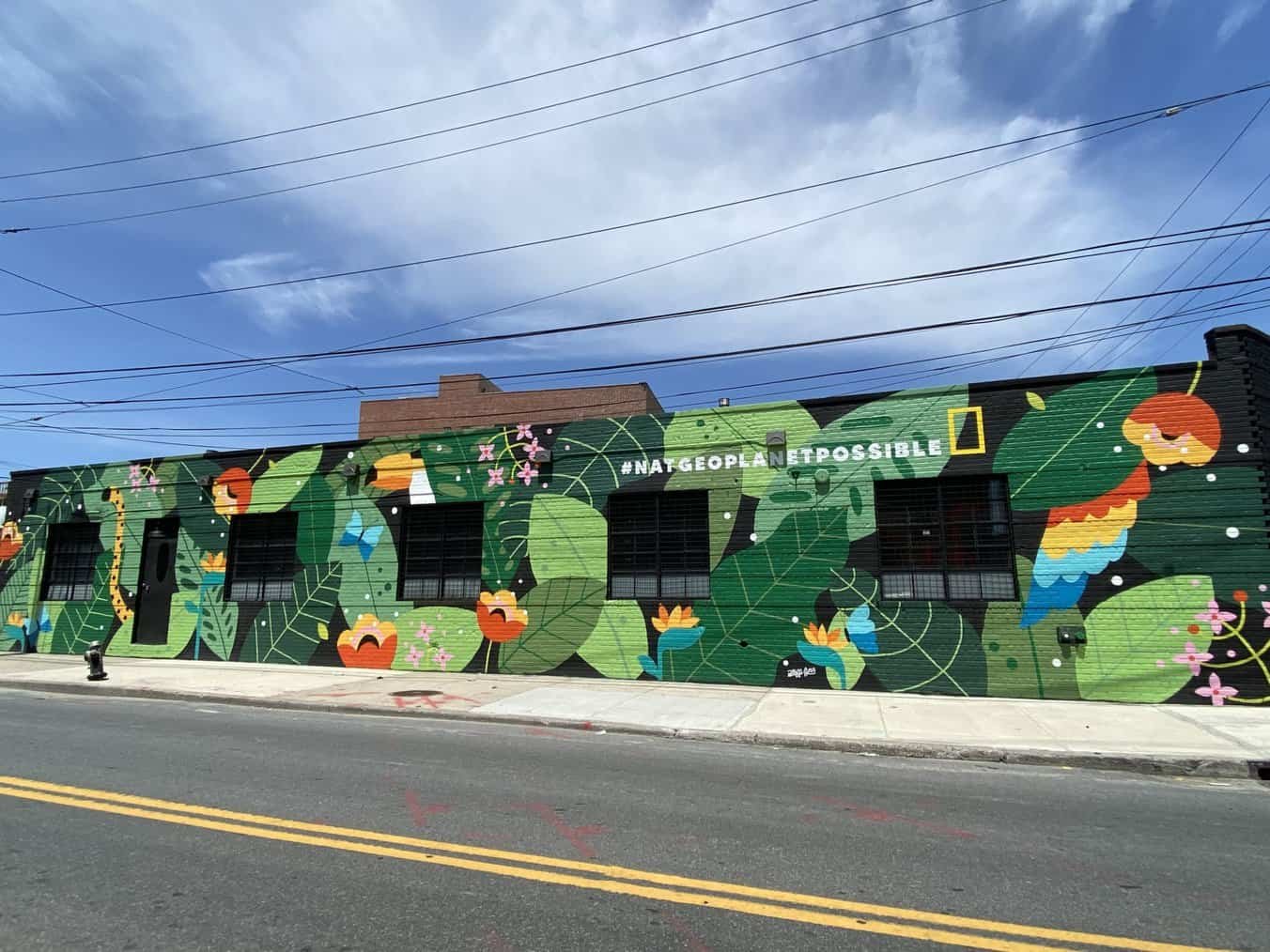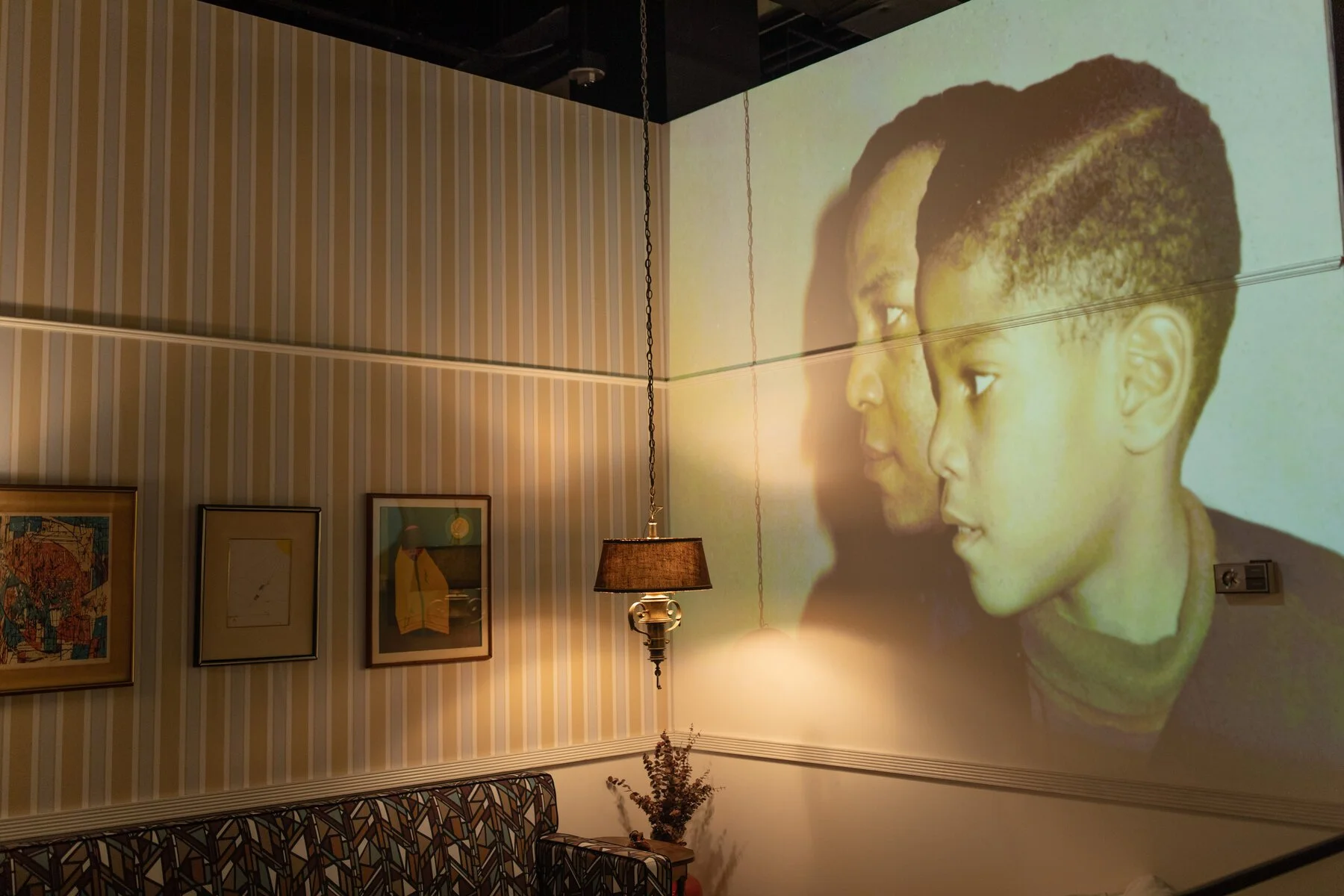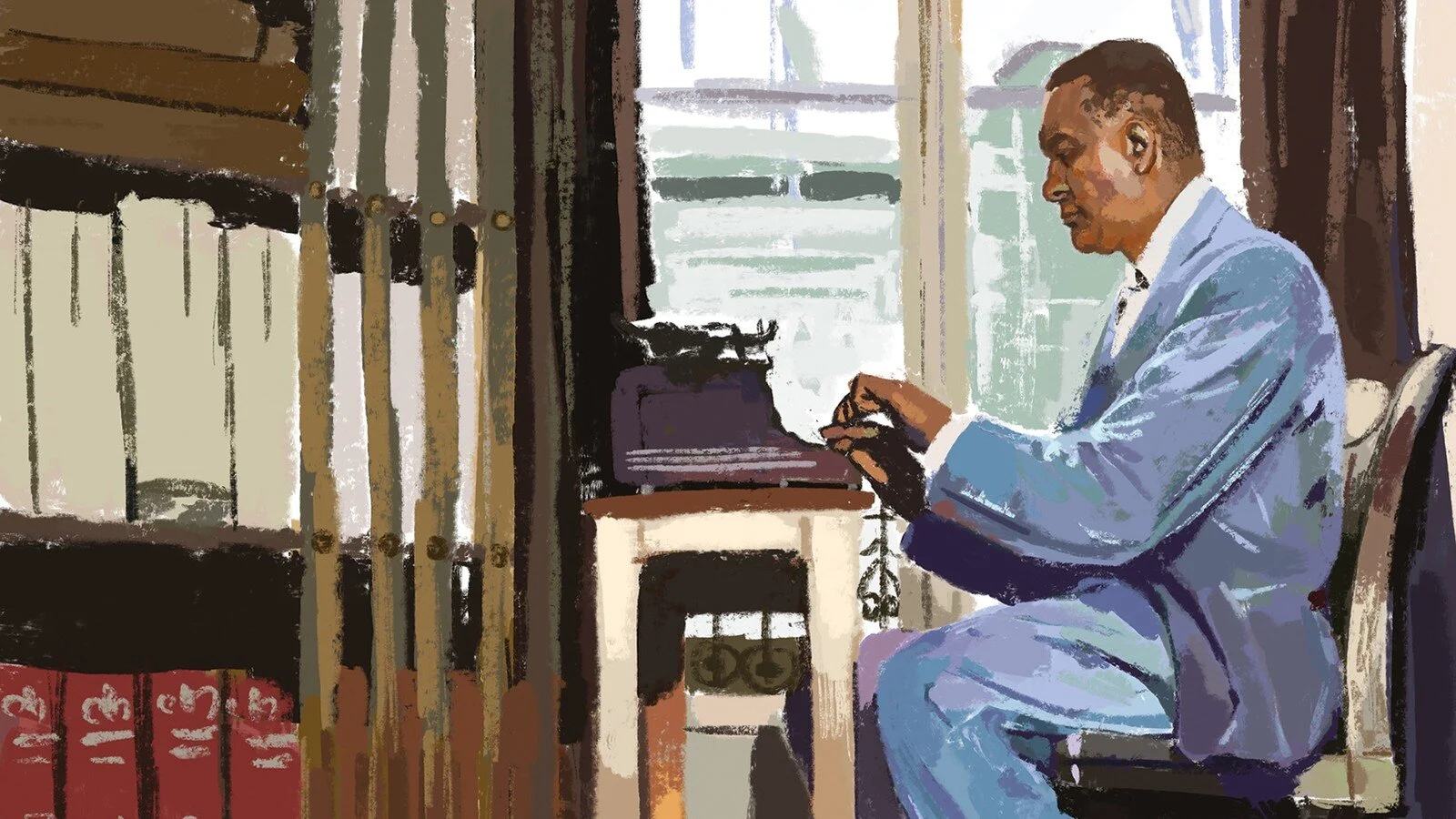Sourced from Gothamist & Pitchfork pieces | by Ben Yakas &
If you’ve ever spent time in indie bookstores, scuzzy rock bars, quirky coffee shops… that weird older guy’s house where college kids hang — there’s a good chance you’ve seen a Steve Keene painting
To hardcore music fans and especially 90s alt-rock genre collectors of its related memorabilia, Steve Keene’s work is all too familiar. But for the uninitiated, two recent articles (Gothamist and Pitchfork, respectively) celebrate his newly released retrospective book and honor the man behind the art, and illustrate his close associations with some of the greatest bands to ever grace indie rock.
Gothamist writer Ben Yakas notes that in 1963, Andy Warhol famously wished to be more machine-like, adding that while the statement may seem facetious and even surreal, the fact remains that Warhol’s fascination with mechanization was on fire at The Factory, where he enlisted people to produce multitudes of projects simultaneously. Because of those Factory employees, Warhol is credited with producing over 10,000 pieces of artwork in his lifetime, which remains an impressive amount of work.
But did you know artist Steve Keene has created more than 300,000 paintings and is widely considered one of the most prolific artists in all of human history?
Painting by Steve Keene, photo by Daniel Efram
Yep! Brooklyn-based Keene produced not only iconic album covers for legendary bands like Pavement (Wowee Zowee), the Silver Jews (The Arizona Record), and The Apples In Stereo (Fun Trick Noisemaker), but his body of work also includes posters, promo materials, and more for dozens of other bands, along with countless paintings of album covers crossing every genre, often selling them at rock bottom prices. (Because climbing a ladder at the beginning of shows to pick out one’s desired $2 and $5 a pop piece is the very definition of rock-bottom, right?)
Enter The Steve Keene Art Book, the first book dedicated exclusively to Keene’s 30+ years of DIY work. Released this month, the book collects hundreds of photos of his paintings, along with commentary and essays from luminaries of the art and music worlds contextualizing Keene's unique process and considerable achievements.
“”
Steve is a machine,” Daniel Efram, who painstakingly curated and produced the book over the last six years, told Gothamist. “Andy Warhol hired The Factory to help him; Steve is The Factory. He’s a one-man art factory. If Andy Warhol could have been as prolific as he wanted to be, he’d be Steve Keene.”
Celebrating Steve Keene
For fans or anyone who’s just getting caught up, you don’t want to miss this incredible send up.
For an even deeper dive into Keene and his process, check out Pitchfork’s article and interview.
His relationship with Pavement, The Silver Jews, and how his art which its repetitive colors is not unlike shopping for groceries. Say what?
“You have to be machinelike in the discipline to do it. I wanted to turn it into a craft, like I make pottery and I have to make a hundred plates. Or I’m a cook, and I have to make a hundred pizzas.
”
Steve Keene painting in public
as part of his 2014 residency at the Brooklyn Public Library. Photo by Daniel Efram / The Steve Keene Art Book
Notable Keene album covers and tracks for the uninitiated…
℗ 1992 Pavement under exclusive license to Matador Records
℗ 1995 Pavement under exclusive license to Matador Records














